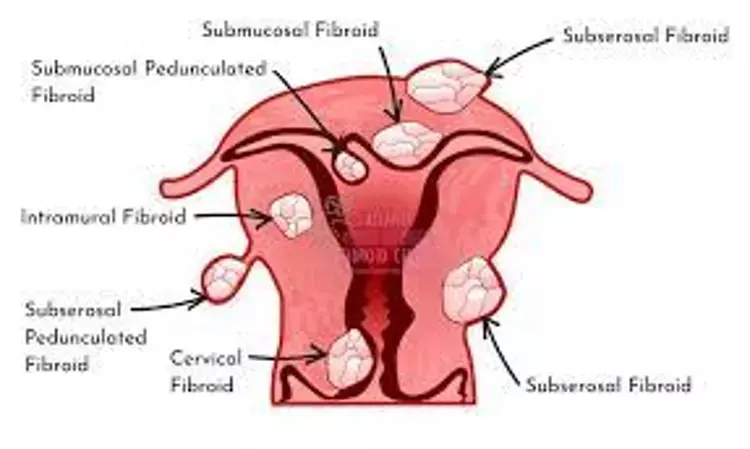- Home
- Medical news & Guidelines
- Anesthesiology
- Cardiology and CTVS
- Critical Care
- Dentistry
- Dermatology
- Diabetes and Endocrinology
- ENT
- Gastroenterology
- Medicine
- Nephrology
- Neurology
- Obstretics-Gynaecology
- Oncology
- Ophthalmology
- Orthopaedics
- Pediatrics-Neonatology
- Psychiatry
- Pulmonology
- Radiology
- Surgery
- Urology
- Laboratory Medicine
- Diet
- Nursing
- Paramedical
- Physiotherapy
- Health news
- Fact Check
- Bone Health Fact Check
- Brain Health Fact Check
- Cancer Related Fact Check
- Child Care Fact Check
- Dental and oral health fact check
- Diabetes and metabolic health fact check
- Diet and Nutrition Fact Check
- Eye and ENT Care Fact Check
- Fitness fact check
- Gut health fact check
- Heart health fact check
- Kidney health fact check
- Medical education fact check
- Men's health fact check
- Respiratory fact check
- Skin and hair care fact check
- Vaccine and Immunization fact check
- Women's health fact check
- AYUSH
- State News
- Andaman and Nicobar Islands
- Andhra Pradesh
- Arunachal Pradesh
- Assam
- Bihar
- Chandigarh
- Chattisgarh
- Dadra and Nagar Haveli
- Daman and Diu
- Delhi
- Goa
- Gujarat
- Haryana
- Himachal Pradesh
- Jammu & Kashmir
- Jharkhand
- Karnataka
- Kerala
- Ladakh
- Lakshadweep
- Madhya Pradesh
- Maharashtra
- Manipur
- Meghalaya
- Mizoram
- Nagaland
- Odisha
- Puducherry
- Punjab
- Rajasthan
- Sikkim
- Tamil Nadu
- Telangana
- Tripura
- Uttar Pradesh
- Uttrakhand
- West Bengal
- Medical Education
- Industry
Fibroid size and location may increase likelihood of PPH

Fibroid size and location may increase the likelihood of PPH suggests a new study published in the American Journal of Obstetrics and Gynecology.
This study aimed to determine whether large fibroids, particularly those exceeding 10 cm in size, are associated with postpartum hemorrhage (PPH). Currently, there are limited data on the relationship between various fibroid characteristics on ultrasound and PPH.1, 2, 3, 4, 5 We evaluated whether fibroid size, number, or location increase the risk of PPH requiring packed red blood cell transfusion (PPH+PRBC).
Study Design
This was a retrospective cohort study of all patients with singleton pregnancies and fibroids measured on prenatal ultrasound at ≥18 weeks who delivered from 2019 to 2022 at 7 hospitals within a large health system in New York.
Results
A total of 4421 patients were included. The overall rate of PPH+PRBC was 4.5% (201/4421). Small, medium, and large fibroids were present in 64.9% (2868/4421), 30.5% (1347/4421), and 4.7% (206/4421) of pregnancies, respectively, and the corresponding rates of PPH+PRBC for each of these groups were 3.5% (99/2868), 6.1% (82/1347), and 9.7% (20/206), respectively. Most patients (61.7%, 2726/4421) had only 1 documented fibroid. Fewer patients (16.0%, 707/4421) had fibroids located in the lower uterine segment or cervix. Unadjusted and adjusted results are shown in the Table. Compared with patients with small fibroids, those with medium and large fibroids were 1.65 (95% confidence interval [CI], 1.19–2.29) and 2.44 times (95% CI, 1.41–4.23) more likely to experience PPH+PRBC, respectively. Patients with fibroids in the lower uterine segment or cervix were 1.49 times (95% CI, 1.05–2.13) more likely to have PPH+PRBC than those without a fibroid in that location. The number of fibroids and anterior fibroid location were not associated with the outcome after adjustment for confounding factors.
TableMultivariable logistic regression analysis to predict postpartum hemorrhage requiring transfusion of packed red blood cells in patients with fibroids
Fibroid size and location in the lower uterine segment or cervix, but not number, were associated with PPH+PRBC. The risk of this obstetrical emergency increases with increasing fibroid size.
Reference:
Yasaman C. Yaghoubian, Lakha Prasannan, Alejandro Alvarez, Rachel P. Gerber, Nirupa Galagedera, Matthew J. Blitz. Fibroid size and number and risk of postpartum hemorrhage. Published:May 10, 2023DOI:https://doi.org/10.1016/j.ajog.2023.05.001
Keywords:
Fibroid size, location, may, increase, likelihood, PPH, American Journal of Obstetrics and Gynecology, Yasaman C. Yaghoubian, Lakha Prasannan, Alejandro Alvarez, Rachel P. Gerber
Dr. Shravani Dali has completed her BDS from Pravara institute of medical sciences, loni. Following which she extensively worked in the healthcare sector for 2+ years. She has been actively involved in writing blogs in field of health and wellness. Currently she is pursuing her Masters of public health-health administration from Tata institute of social sciences. She can be contacted at editorial@medicaldialogues.in.


